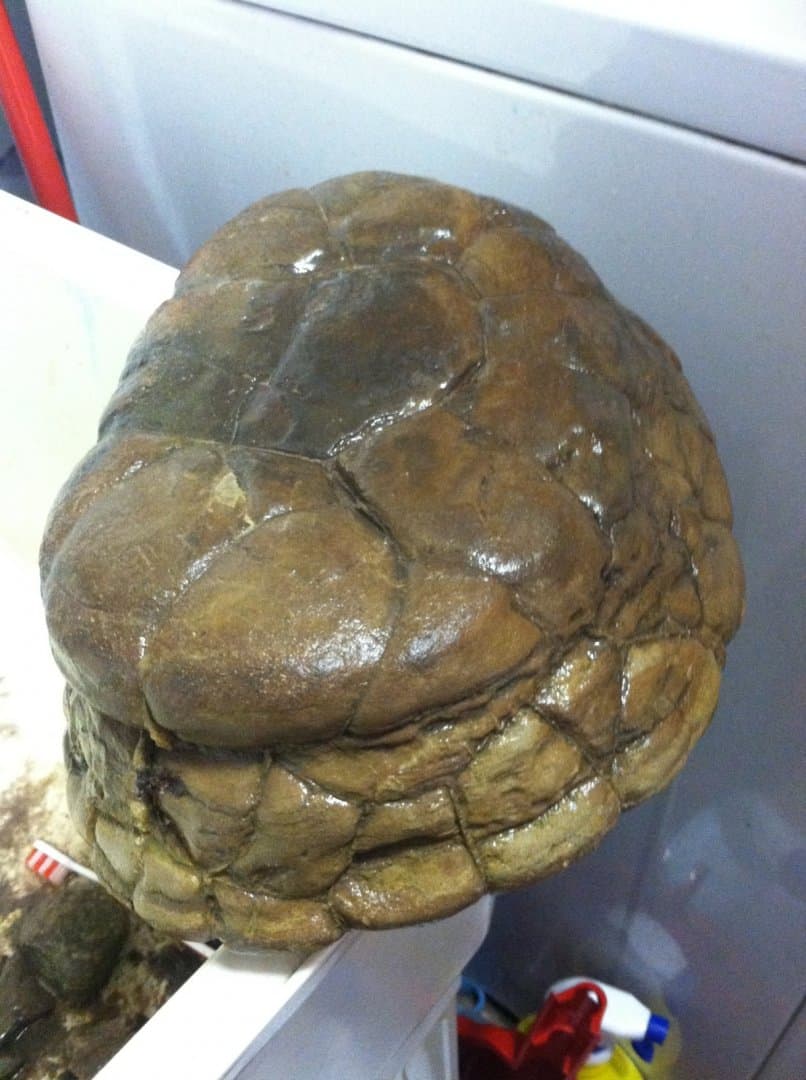Petrified T-Rex poop
Conglomerate
Google "septarian concretion".
Looks like coprolite.
paden cash, post: 401222, member: 20 wrote: Google "septarian concretion".
[MEDIA=youtube]_73NU6OlNuw[/MEDIA]
You want some concretions? Try these on for size.
[MEDIA=youtube]L1DefTlUE0w[/MEDIA]
paden cash, post: 401222, member: 20 wrote: Google "septarian concretion".
We have a winner!
Here is what a geologist wrote:
It looks like you have a septarian concretion there. If you look up septarian concretion youÛªll likely see a lot of cool photos of specimens cut and polished. These rocks typically form when something triggers a chemical reaction around something (a fossil, inclusion, etc.) that makes the sediment around it become harder. This usually occurs in lime mud that accumulates on the ocean floor. After millions of years the ocean level drops, exposes the mudstone layers to erosion, and the harder concretion weathers out of the softer mudstone. The cracks formed as the mud ball was repeatedly dried and then wetted by fluctuating groundwater levels, leaving the mineral calcite to fill in the cracks.
Bedrock in that part of the state was deposited during the Pennsylvanian age (about 310 million years ago) and hosts a wide variety of rock types. Septarian concretions are found in these rocks quite often. You have an exceptionally nice one there since they usually crumble apart once they erode out of their bedrock home.





